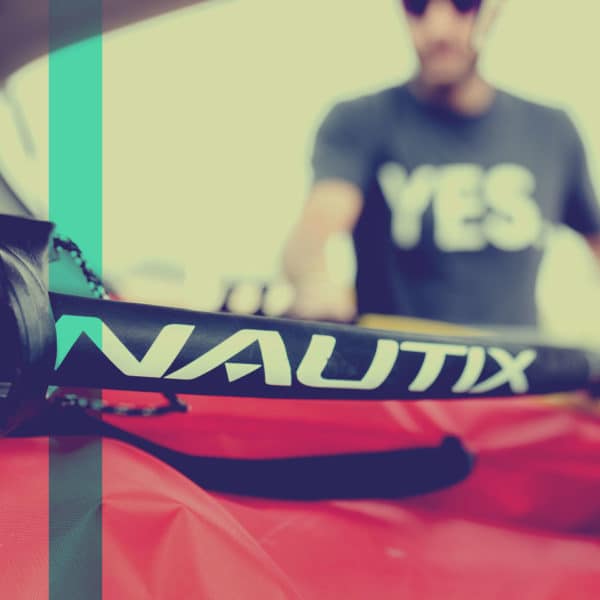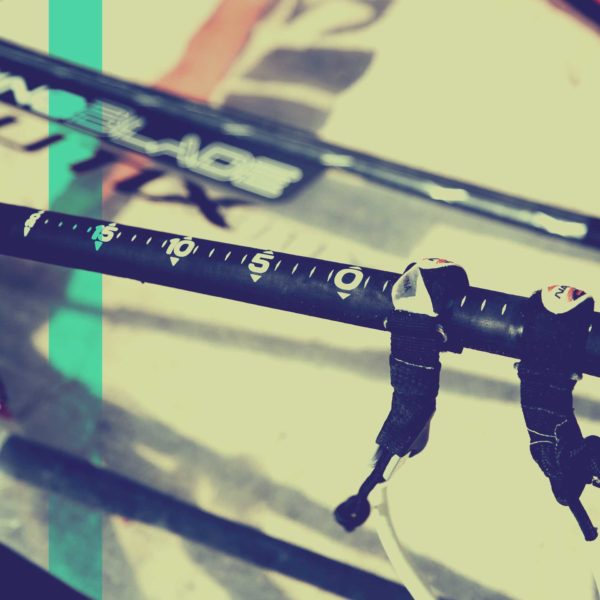The boom is a key element in windsurfing as it allows the rider to hold and tension the sail.
Nautix has selected high quality anodised 5086 aluminium to manufacture its booms. The 5086 is known for its stiffness and corrosion resistance properties, ideal for a marine environment. To understand this specificity, we need to quickly review the technical properties of aluminium.
There are different types of aluminium depending on the nature of the alloying elements: 2000 series (aluminium with copper), 4000 series (aluminium with silicon), 5000 series (aluminium with magnesium), etc.
At Nautix, we use 5086 aluminium, which is also widely used in shipbuilding. This choice is explained by the properties of the 5000 alloys: they show an optimal compromise between corrosion resistance and mechanical properties (rigidity, fracture resistance and fatigue resistance).
However, 5086 aluminium is not often used in booms, as it is very technical to work with. The hardening of this alloy is not only achieved by heat treatment (the so-called “T”) but mainly by work hardening (rolling). This means that the properties are imparted to the aluminium by controlled deformation and not by heating/cooling operations.
Most booms on the market are called “T6 aluminium” or “T8 aluminium”. However, this concept does not tell us anything about the alloy used: in general, the alloys used are, in order of increasing strength, 6060, 2024 or 7075. The “T” then indicates its state of transformation.
For example, T8 treatment will give better strength (maximum stress level before breakage) than T6 treatment, but it will also make the aluminium more brittle (lower elongation capacity) and more susceptible to corrosion.
Nautix chose 5086 aluminium for its undeniable marine qualities; it is not very sensitive to corrosion while offering high mechanical properties. However, it requires a high level of expertise to bend it.
Nautix expertise
Our aluminium booms have been entirely manufactured in France since 1980.
Our workshops are located in Brittany.





